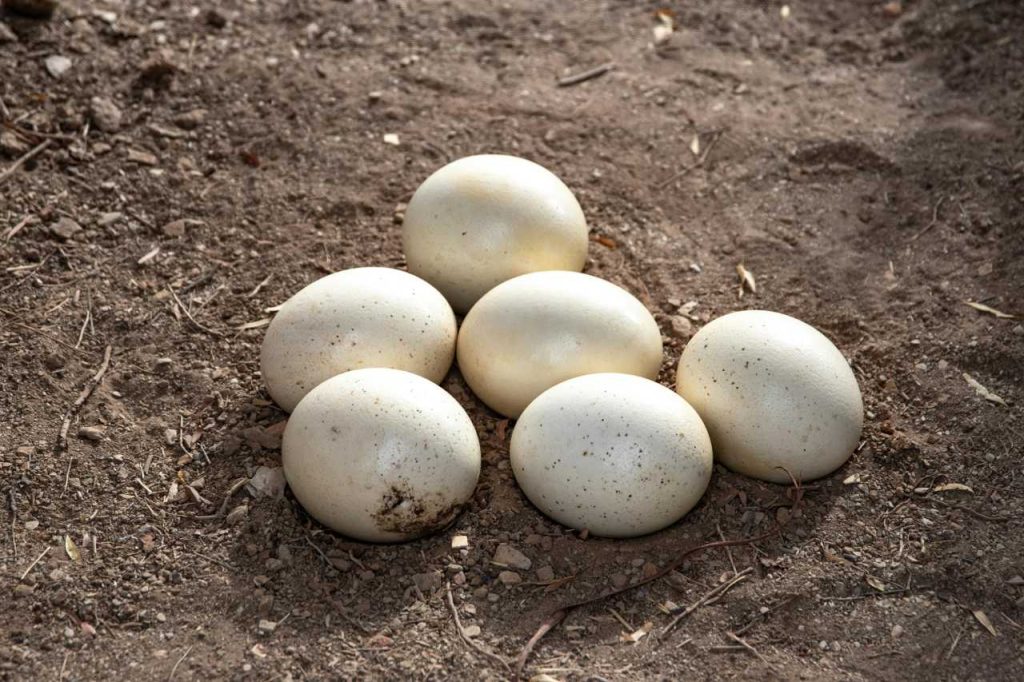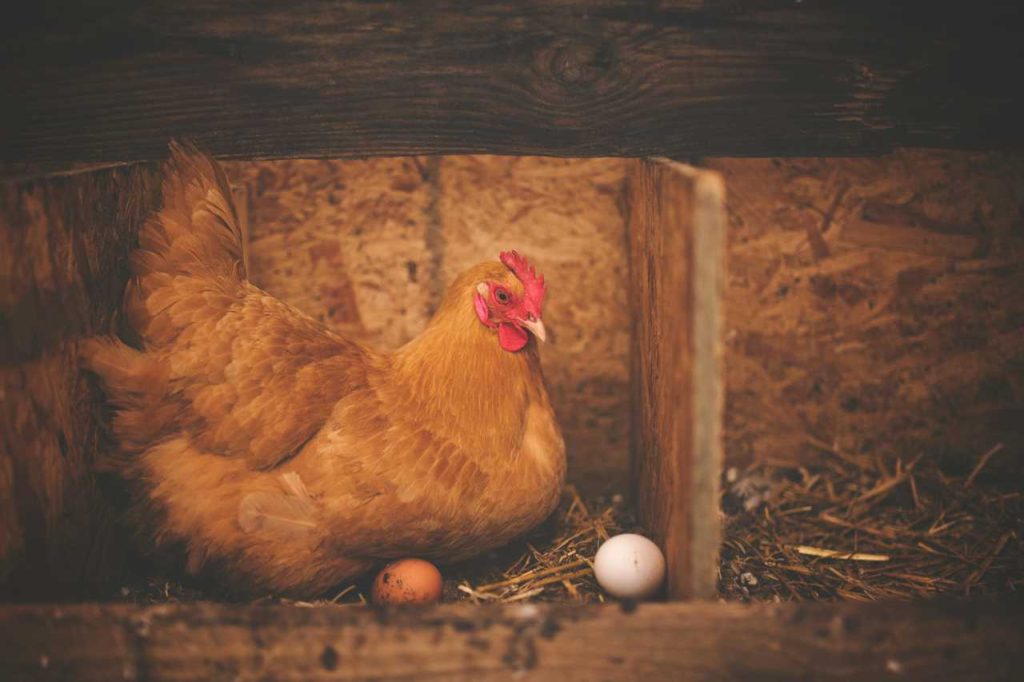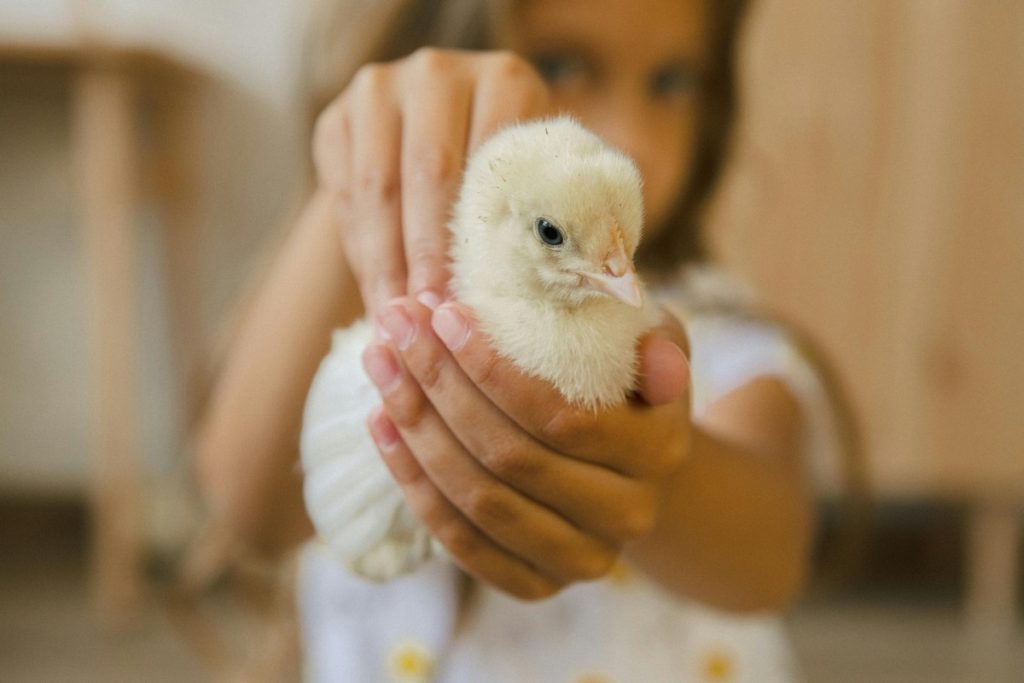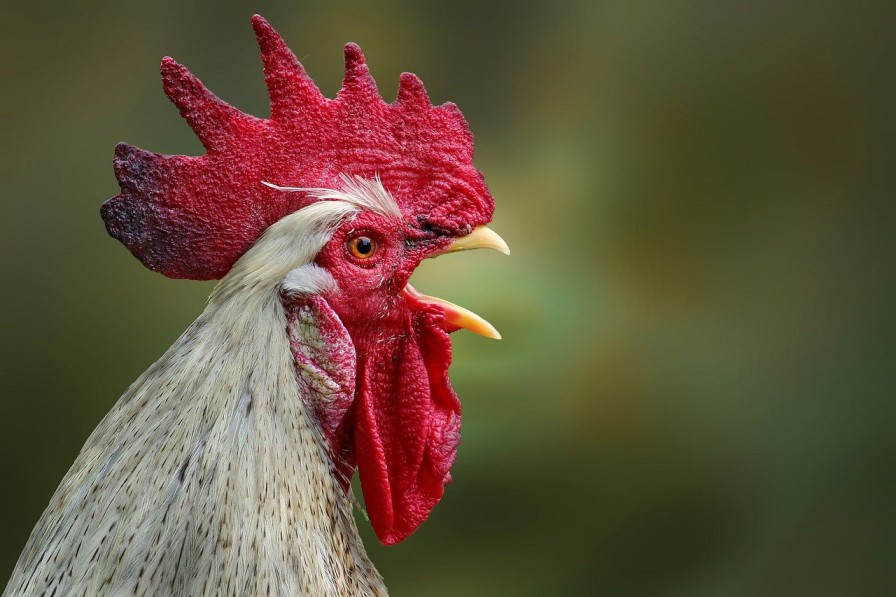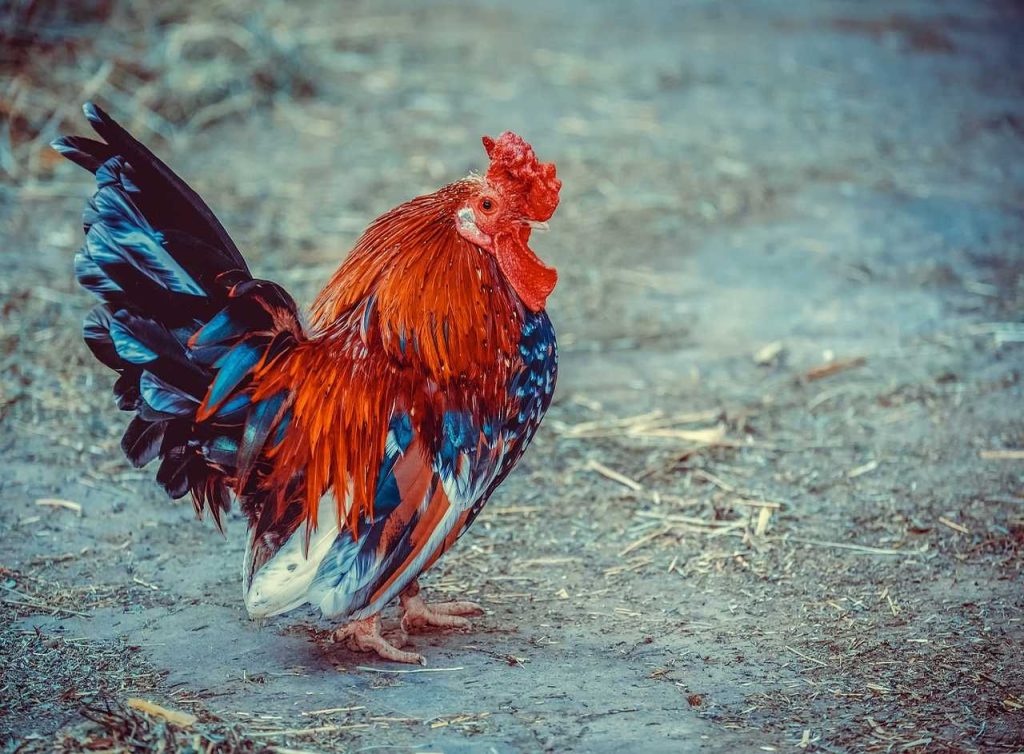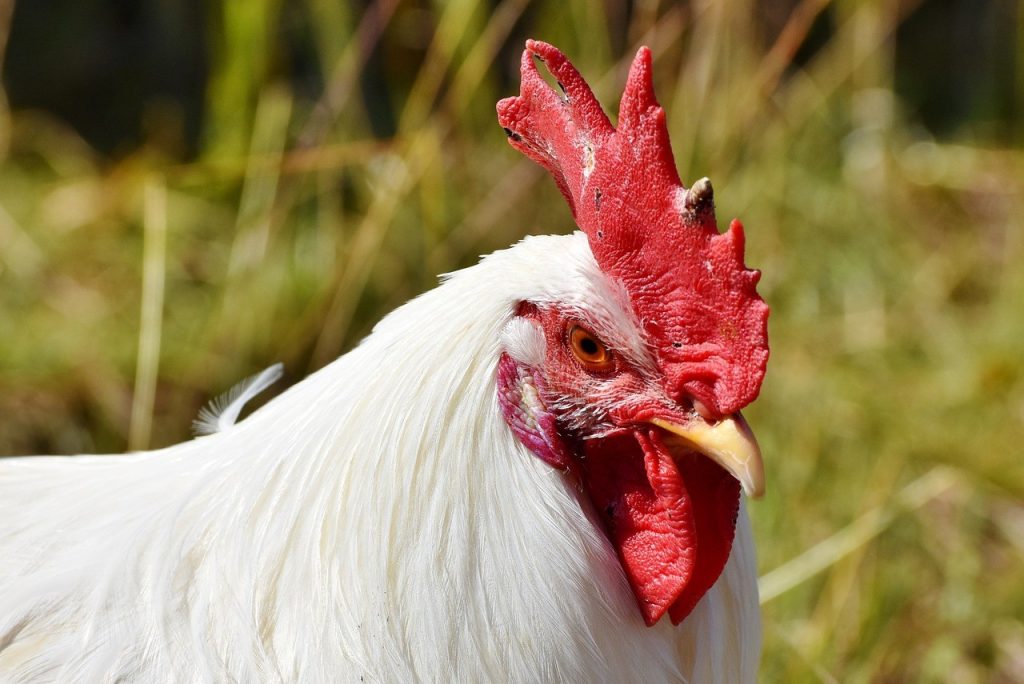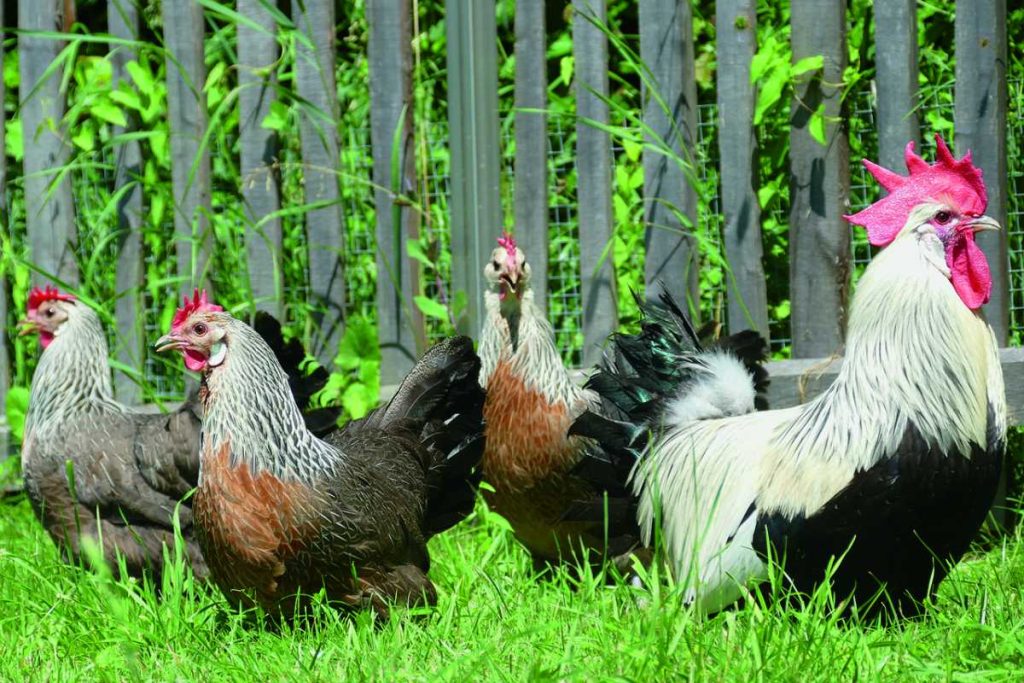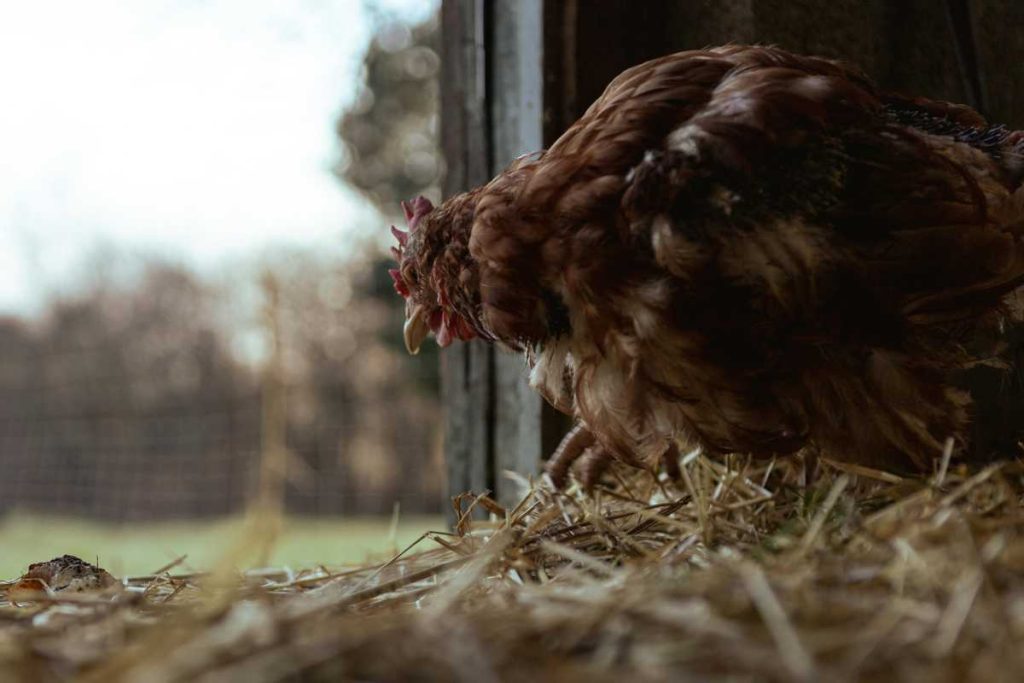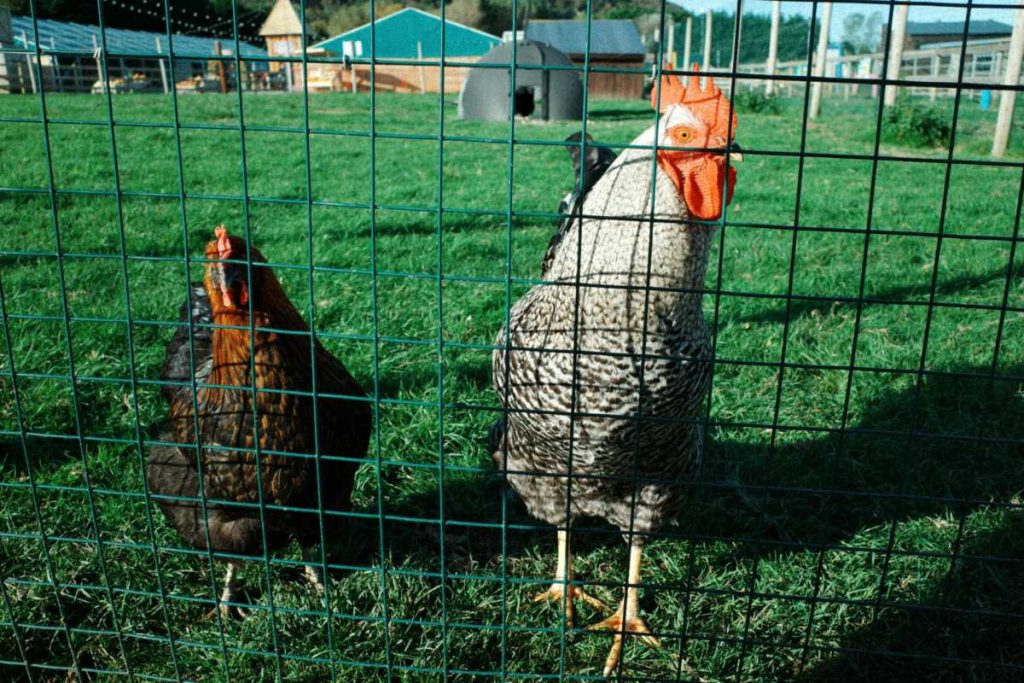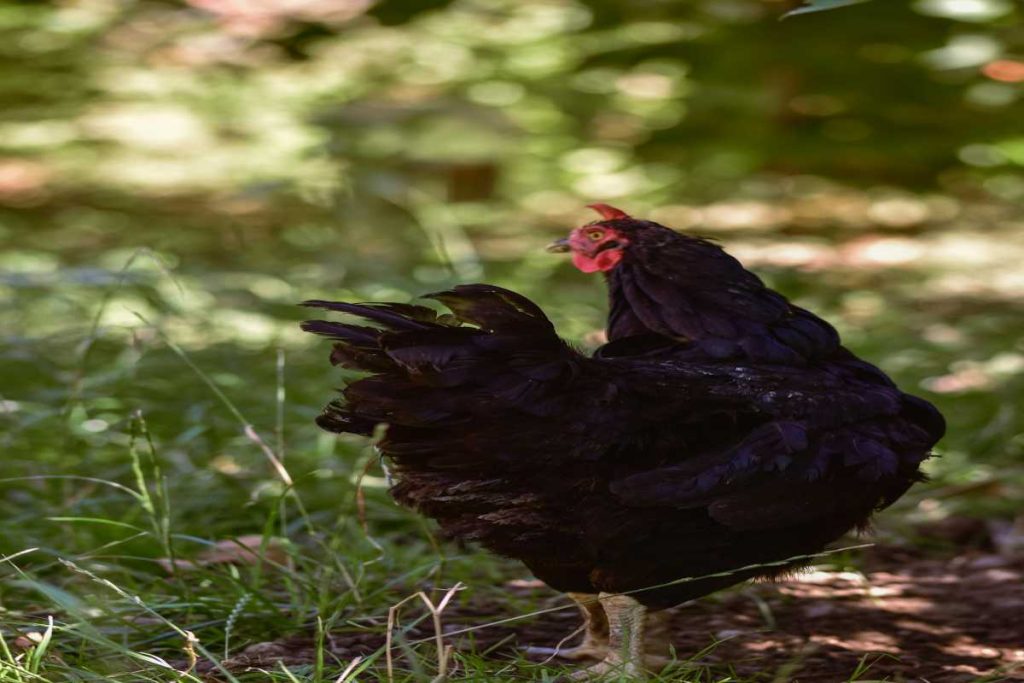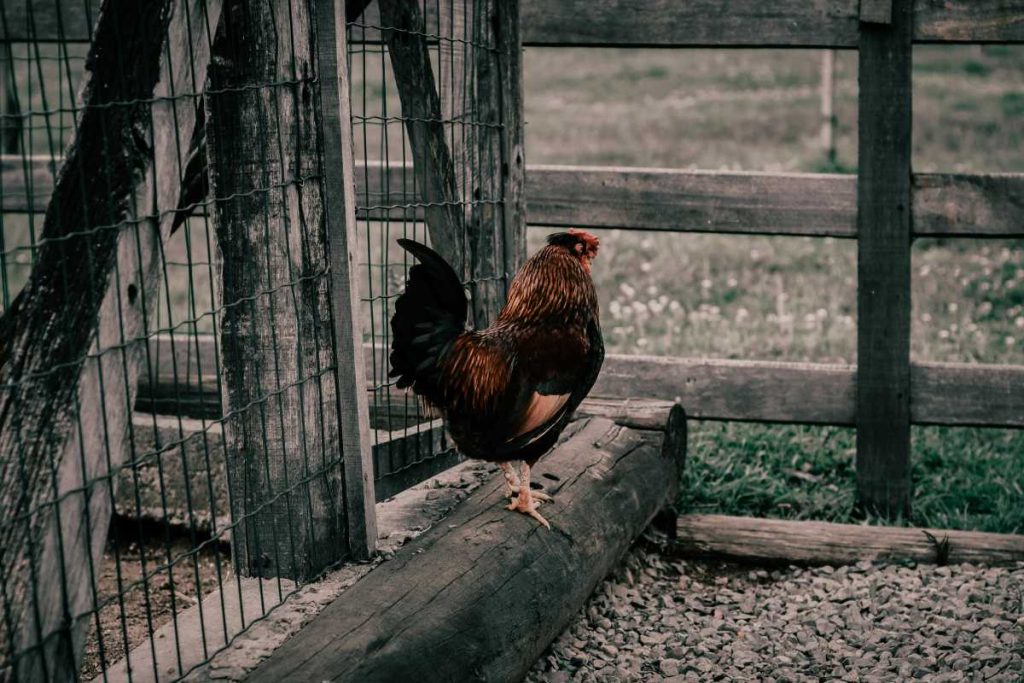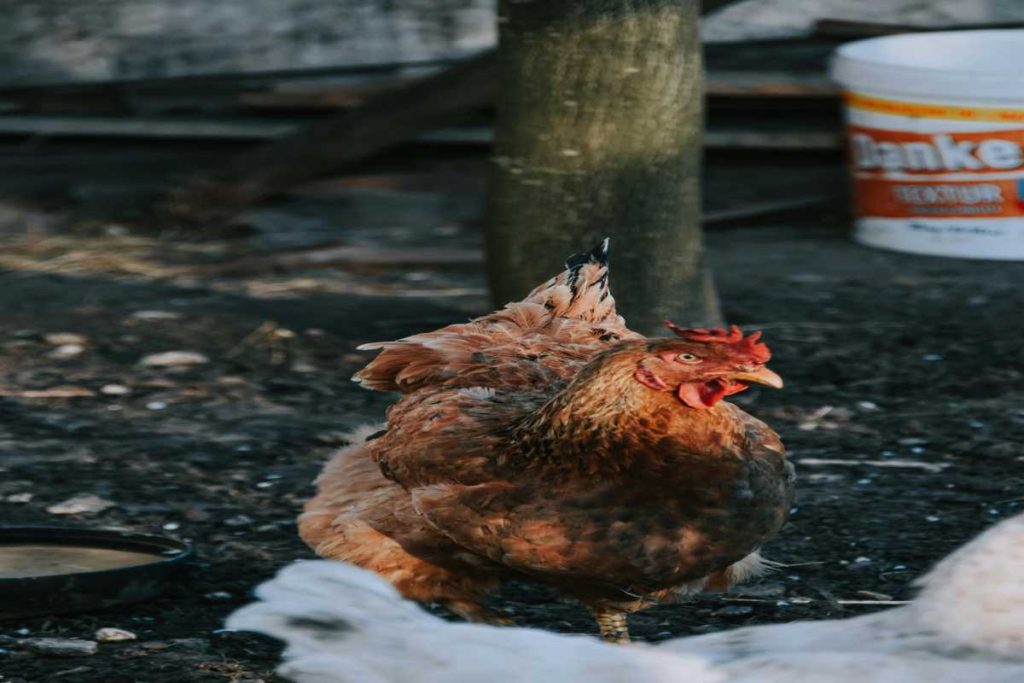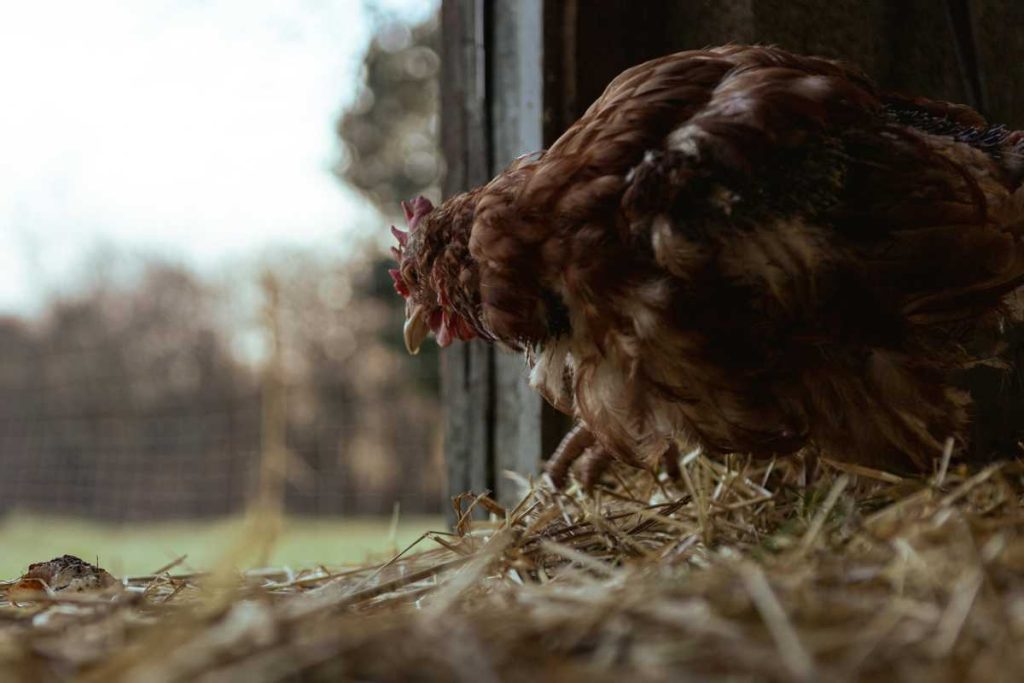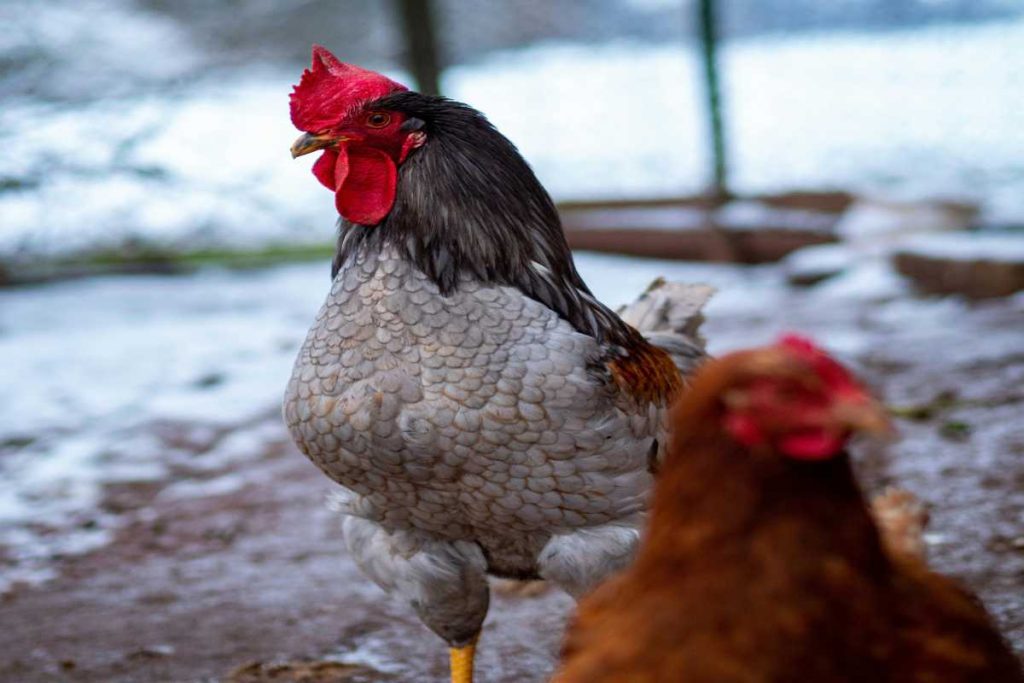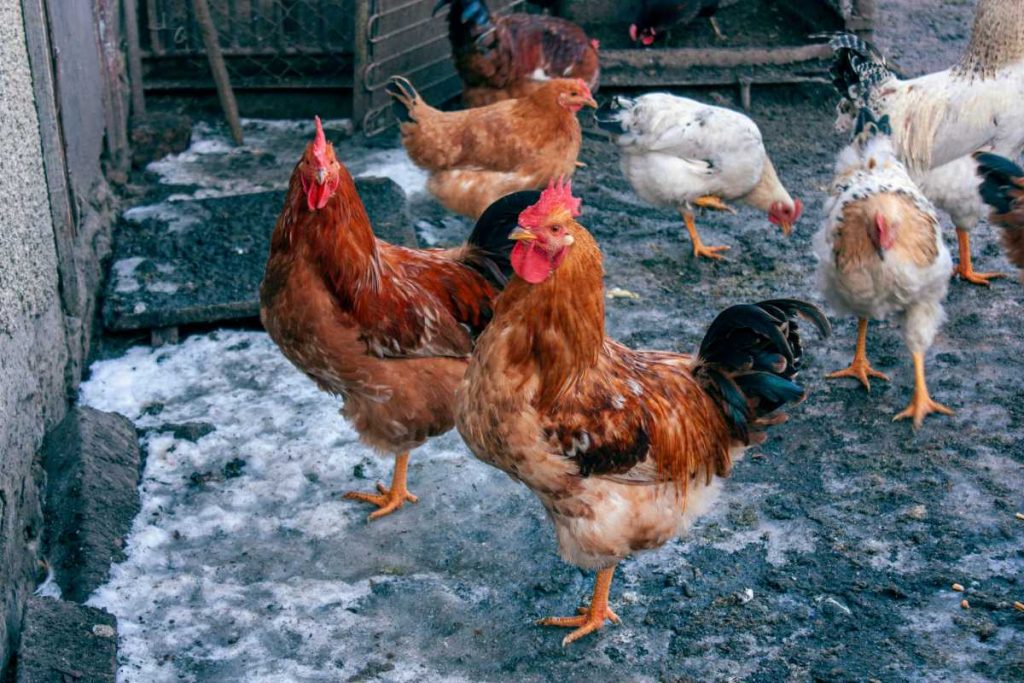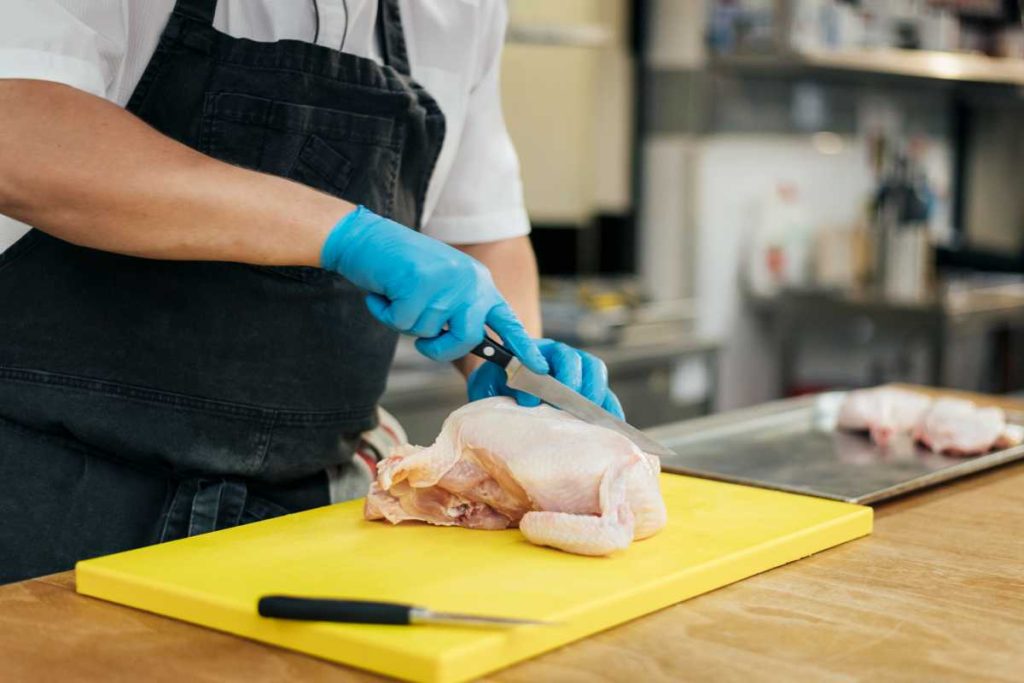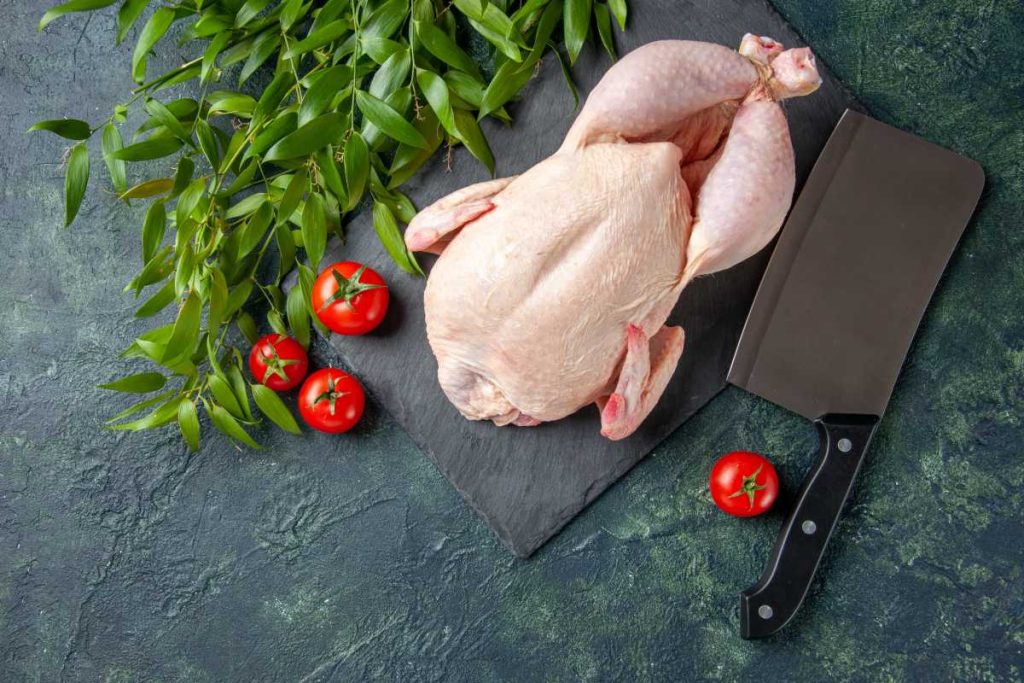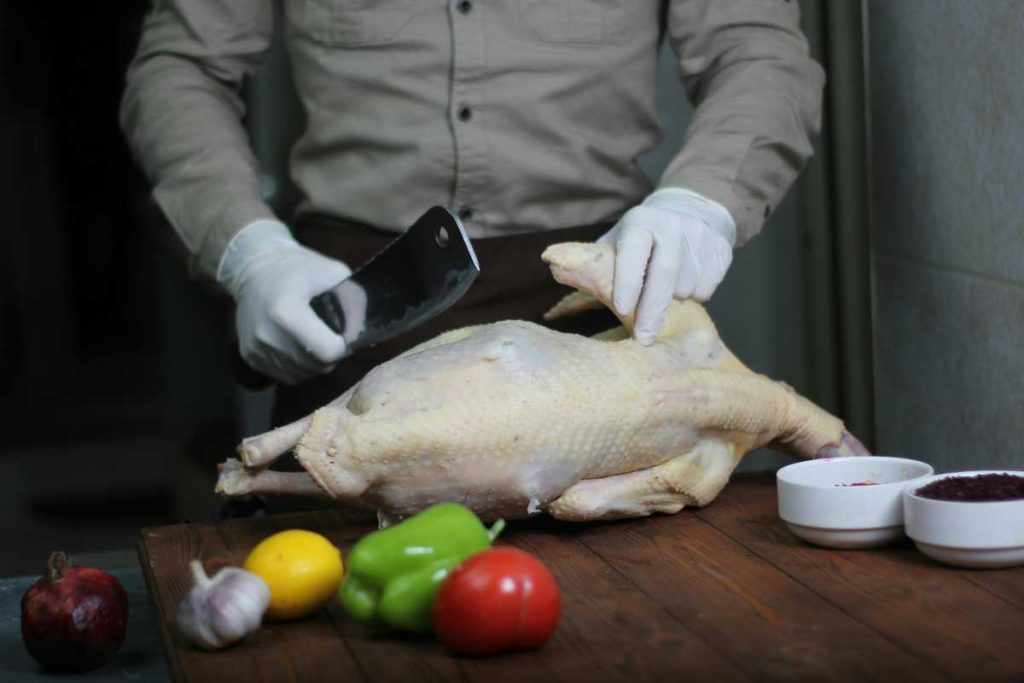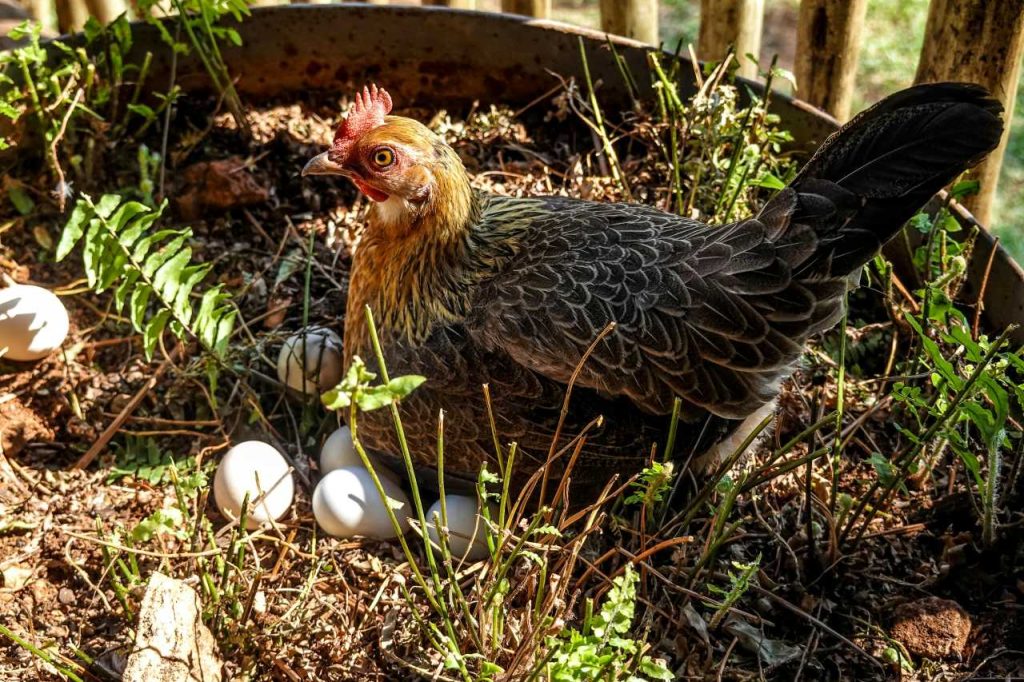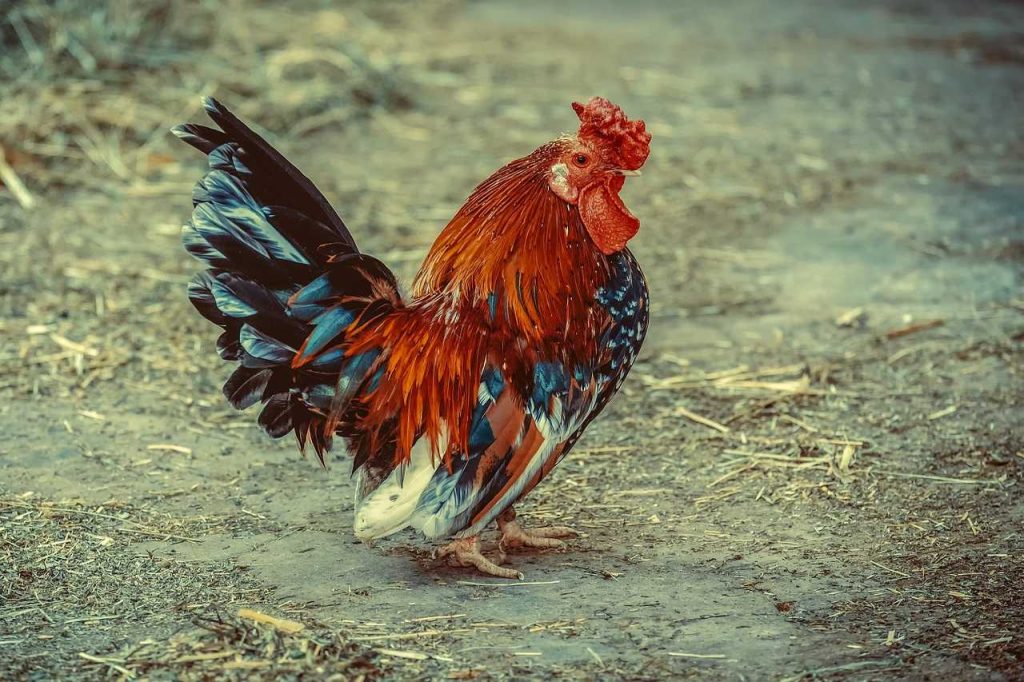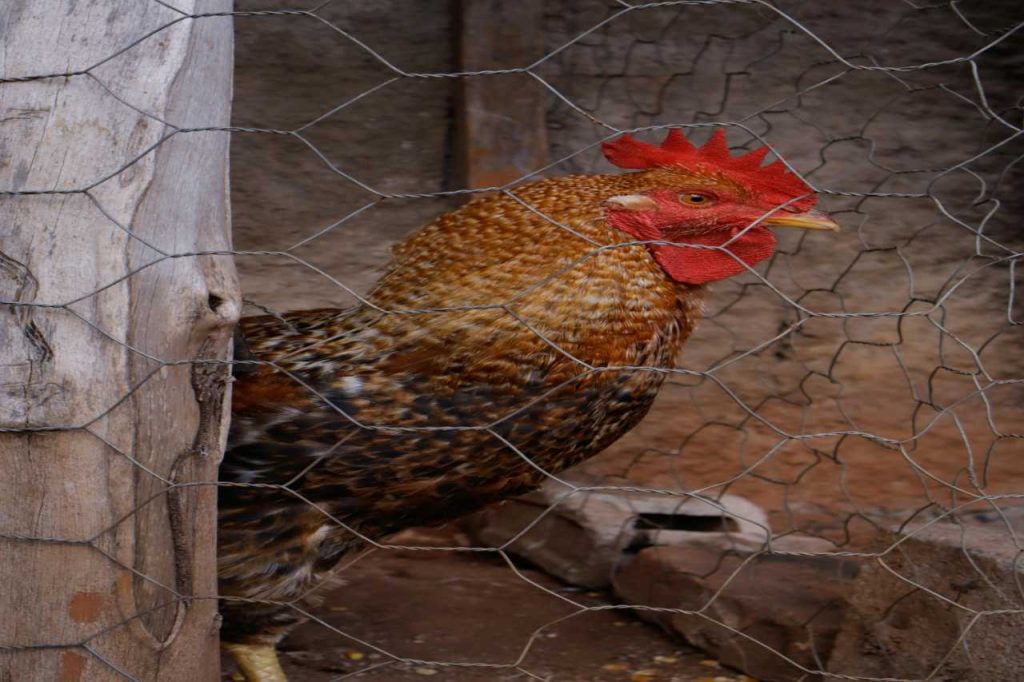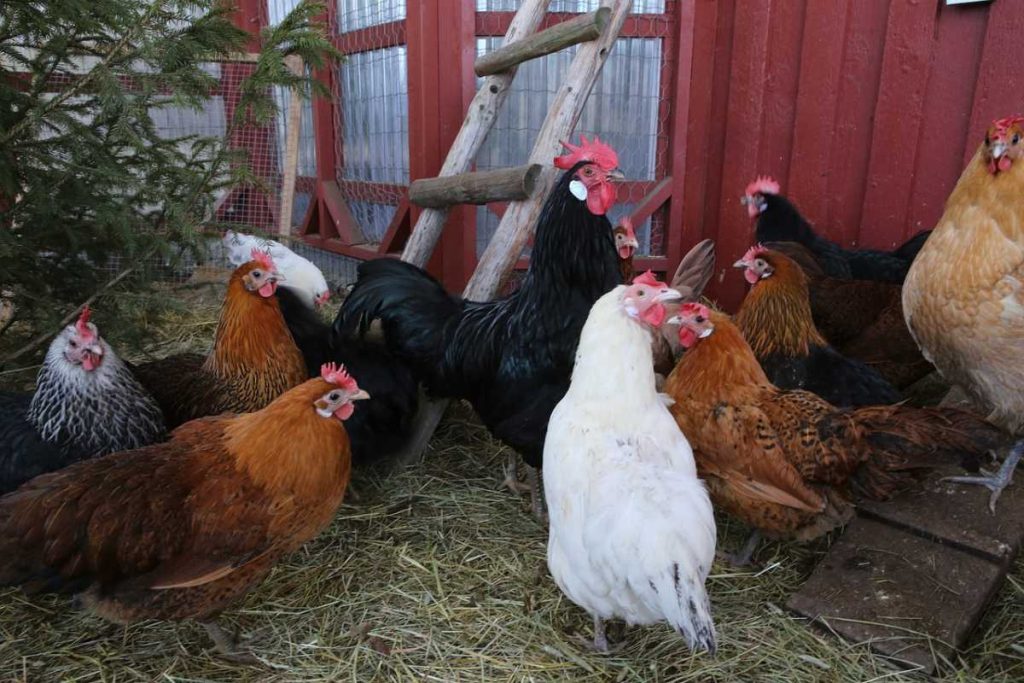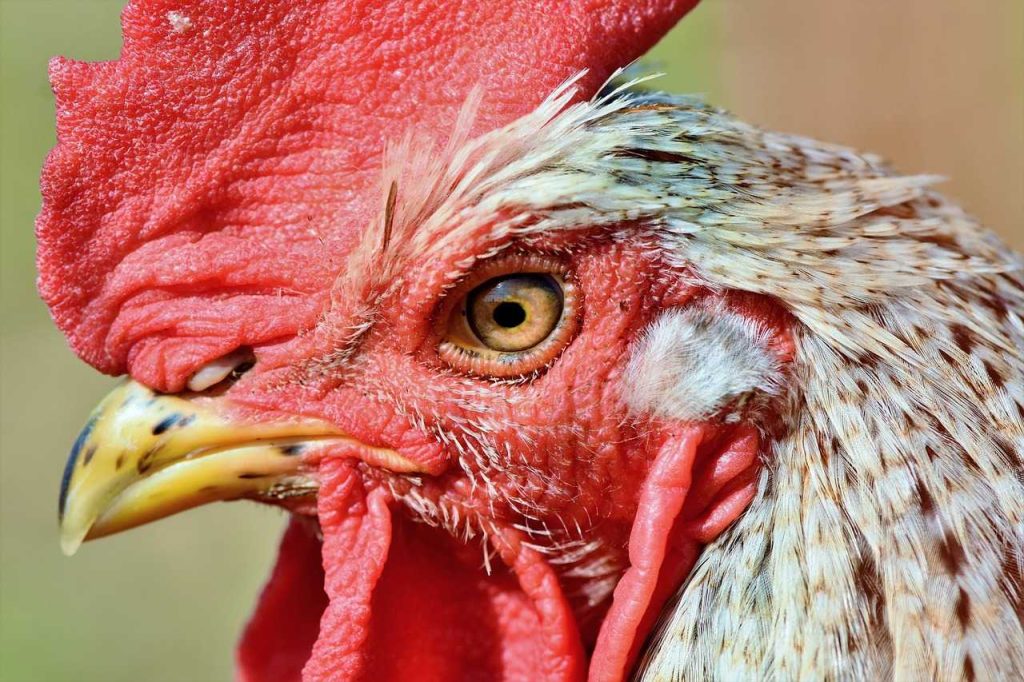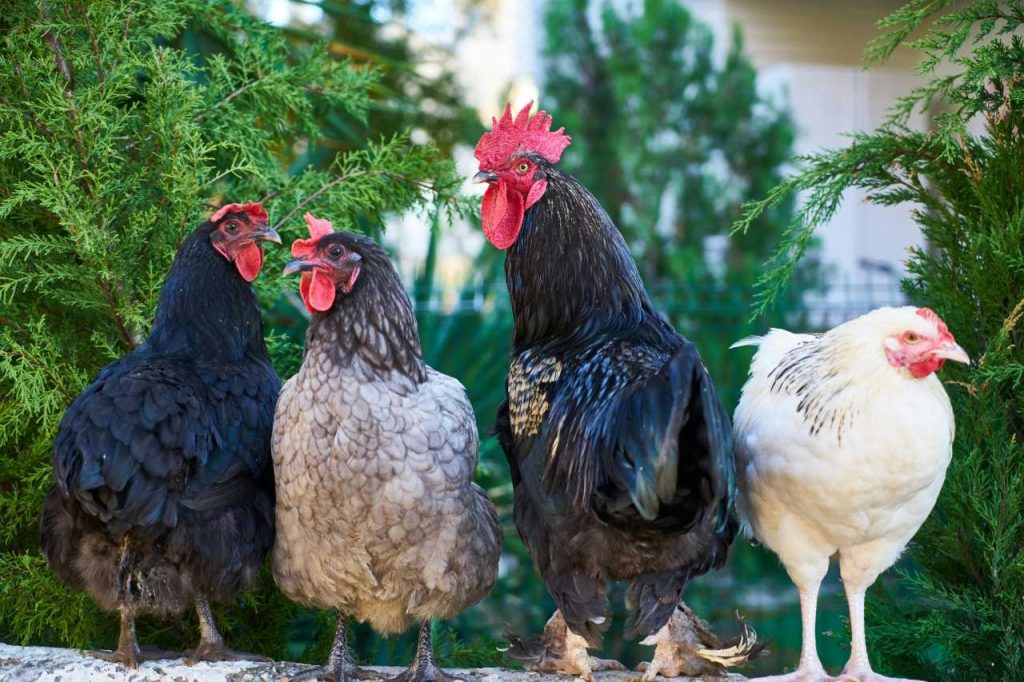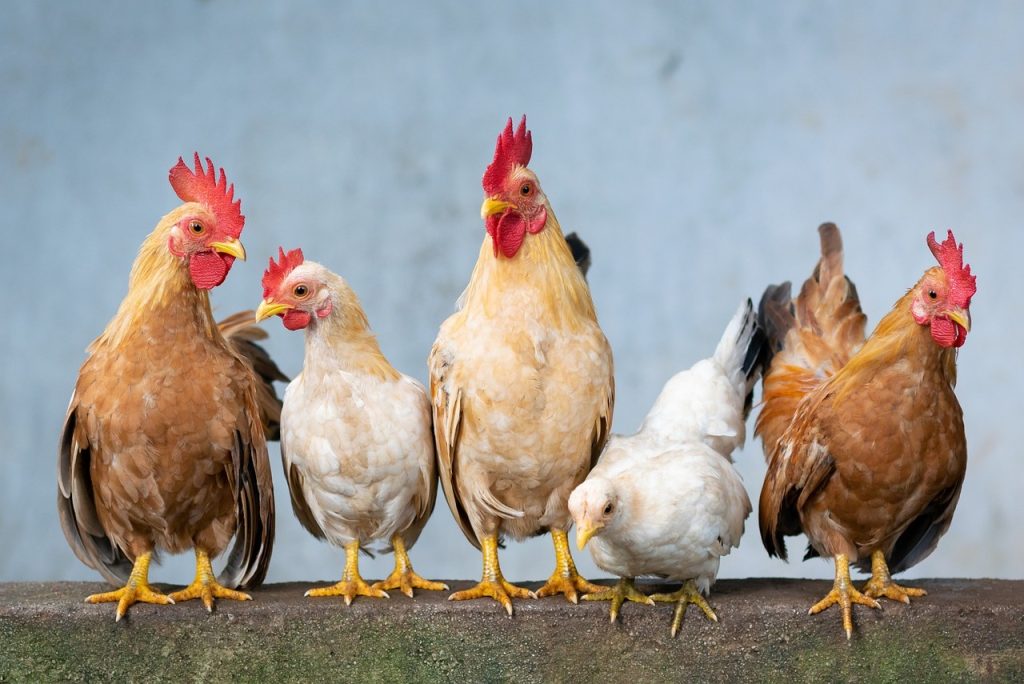Natural incubation is a traditional method of hatching eggs, primarily utilizing the instincts of broody hens. This age-old practice can be rewarding for poultry keepers, providing a hands-off approach to hatching chicks while allowing nature to take its course. In this blog, we’ll explore the principles of natural incubation, the benefits and challenges, and tips for successfully hatching eggs using this method.
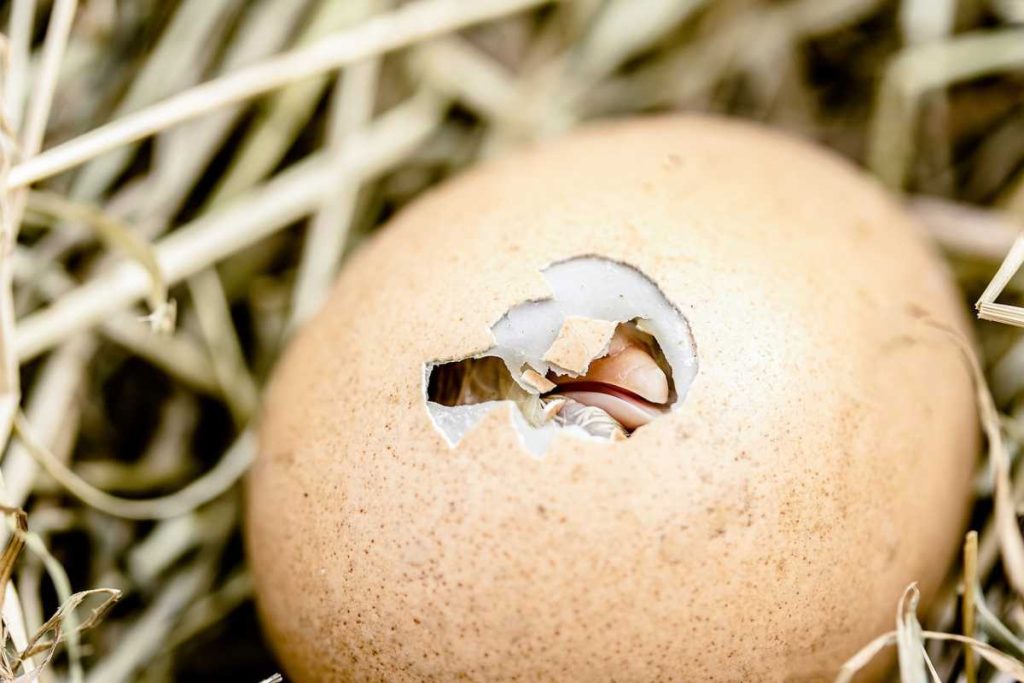
What is Natural Incubation?
Natural incubation refers to the process of hatching eggs by allowing a hen to incubate them without artificial means, such as incubators or heat lamps. A broody hen sits on a clutch of fertilized eggs, providing warmth and turning the eggs to ensure proper development. This method mimics the natural processes that occur in the wild, where birds hatch their young.
How Natural Incubation Works
The Role of the Broody Hen
A broody hen is a hen that exhibits strong maternal instincts, which drive her to incubate eggs. Key behaviors include:
- Sitting on the Eggs: A broody hen will spend most of her time on the nest, sitting on the eggs to provide warmth. The ideal temperature for incubation is around 99.5°F (37.5°C).
- Turning the Eggs: The hen instinctively turns the eggs several times a day to promote even heat distribution and prevent the embryos from sticking to the shell.
- Monitoring Humidity: While the hen cannot control humidity levels like an incubator, her presence helps maintain an appropriate moisture level, which is essential for embryo development.
Incubation Timeline
The typical incubation period for chicken eggs is around 21 days. Here’s a breakdown of what happens during this time:
- Days 1-7: Fertilized eggs undergo cellular division and development. The embryo starts to form, including the heart and blood vessels.
- Days 8-14: Major organ systems develop, and the embryo begins to take shape. At this stage, the hen may be more protective and exhibit aggressive behavior toward potential threats.
- Days 15-21: The embryo prepares for hatching, and the hen will continue to maintain warmth and humidity levels. The chicks will begin to position themselves for hatching, typically moving into a head-down position.
Benefits of Natural Incubation
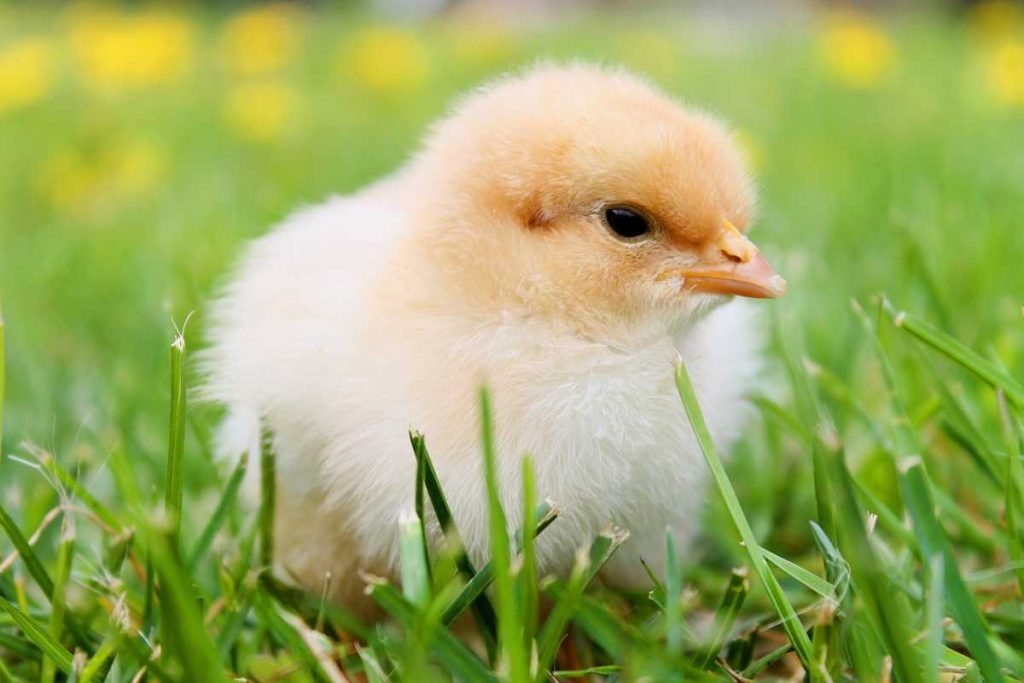
Natural incubation offers several advantages for poultry keepers:
1. Less Intervention Required
With a broody hen taking charge, there’s minimal need for constant monitoring or intervention. This method allows you to let nature do its work, reducing stress on both the eggs and the keeper.
2. Enhanced Chick Development
Chicks hatched under a broody hen often develop better social and survival skills. The hen provides warmth, security, and protection, enabling the chicks to learn essential behaviors from the start.
3. Reduced Energy Costs
Natural incubation requires no artificial heating or lighting systems, making it a cost-effective option for hatching eggs. This can be especially beneficial for small-scale poultry keepers or those in off-grid situations.
Challenges of Natural Incubation
Despite its benefits, natural incubation does have its challenges:
1. Limited Control Over Conditions
While a broody hen can regulate temperature and humidity to some extent, external factors like weather changes can affect the incubation process. Keepers need to monitor conditions closely.
2. Risk of Egg Loss
If multiple hens share nesting boxes, there’s a risk of eggs being damaged or abandoned. Additionally, other flock members may interfere with the broody hen, leading to potential egg loss.
3. Not All Hens Go Broody
Not every hen will exhibit broody behavior, and some breeds are more prone to broodiness than others. Keepers may need to select specific breeds known for their strong maternal instincts, such as Silkies, Cochins, or Sussex.
Tips for Successful Natural Incubation
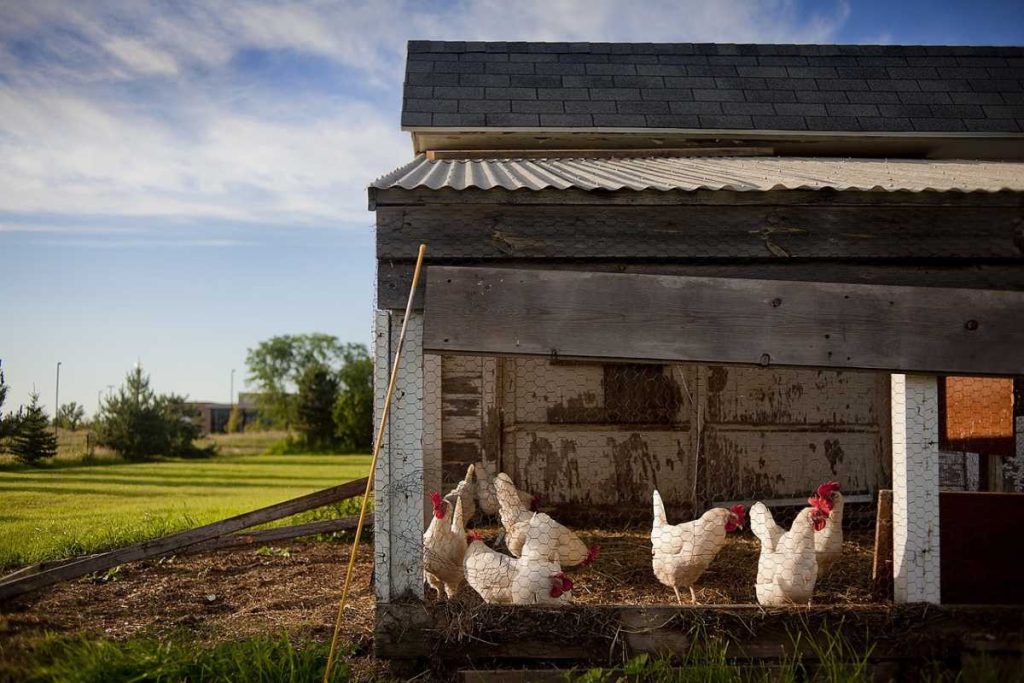
To maximize your chances of success with natural incubation, consider the following tips:
1. Choose the Right Hen
Select a broody hen from a breed known for strong maternal instincts. Observe your flock and identify hens that exhibit broody behaviors. It’s ideal to choose a hen that has successfully hatched chicks in the past.
2. Create a Comfortable Nesting Area
Provide a secure and quiet space for the broody hen to nest. Use nesting boxes filled with clean straw or hay, ensuring she has enough room to comfortably sit on her eggs. Keep the nesting area free from disturbances to help her feel safe.
3. Monitor the Eggs
Regularly check the eggs to ensure they remain clean and undamaged. If a hen is sitting on a mixed clutch of fertilized and unfertilized eggs, remove any that are not viable to avoid confusion.
4. Provide Food and Water
Ensure the broody hen has easy access to food and water. Placing food and water close to her nesting area allows her to nourish herself without leaving her eggs for extended periods.
5. Supervise Interactions
If you have a mixed flock, supervise interactions between the broody hen and other hens. Prevent any aggression or disturbances that could harm the hen or her eggs.
Conclusion
Natural incubation is a time-honored practice that allows hens to fulfill their instinctual roles as mothers while providing a nurturing environment for chicks to thrive. By understanding the process, benefits, and challenges of natural incubation, poultry keepers can effectively utilize this method to expand their flocks and enhance their chicken-keeping experience. Whether you’re an experienced poultry keeper or a novice, embracing natural incubation can be a rewarding endeavor that connects you with the rhythms of nature.

